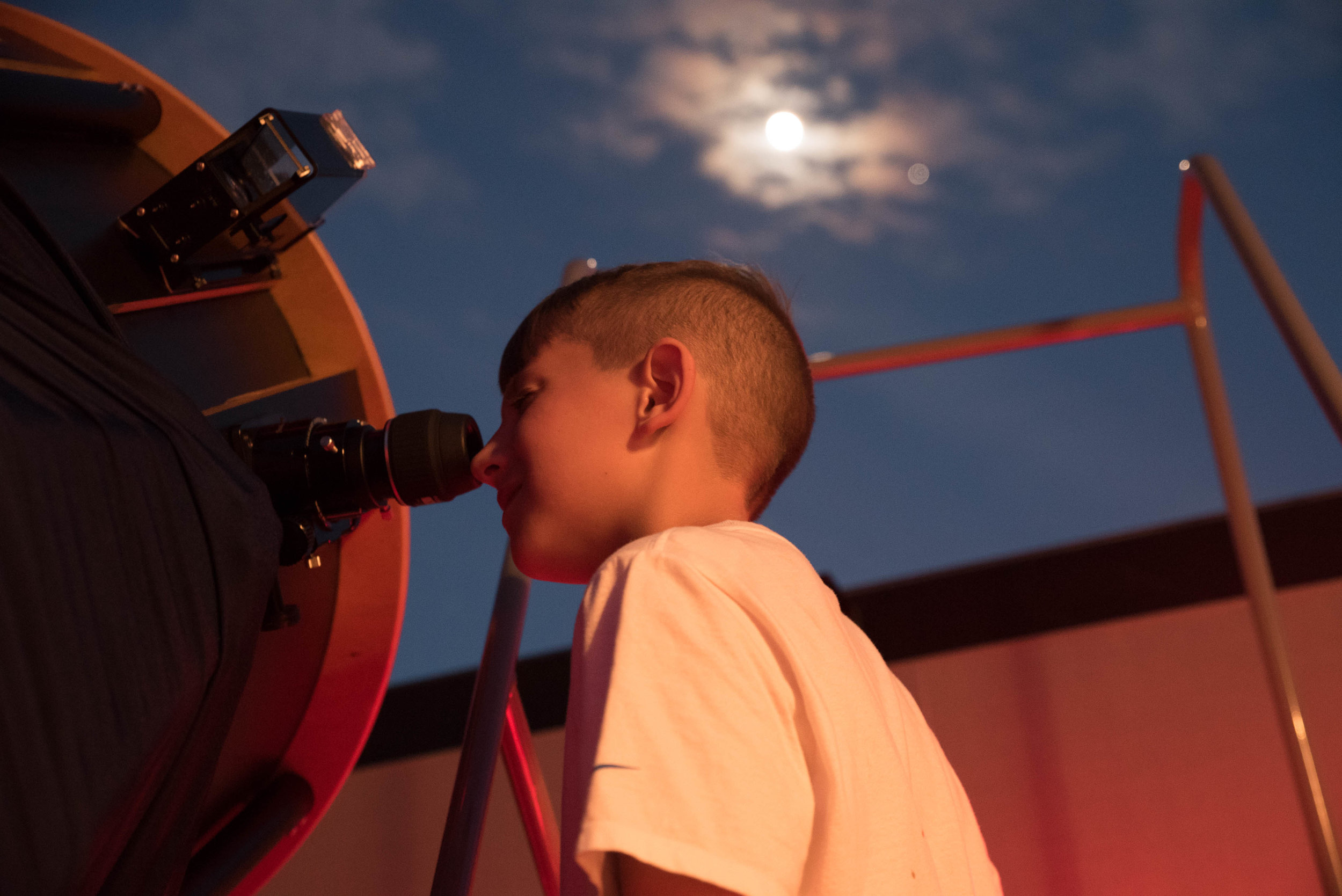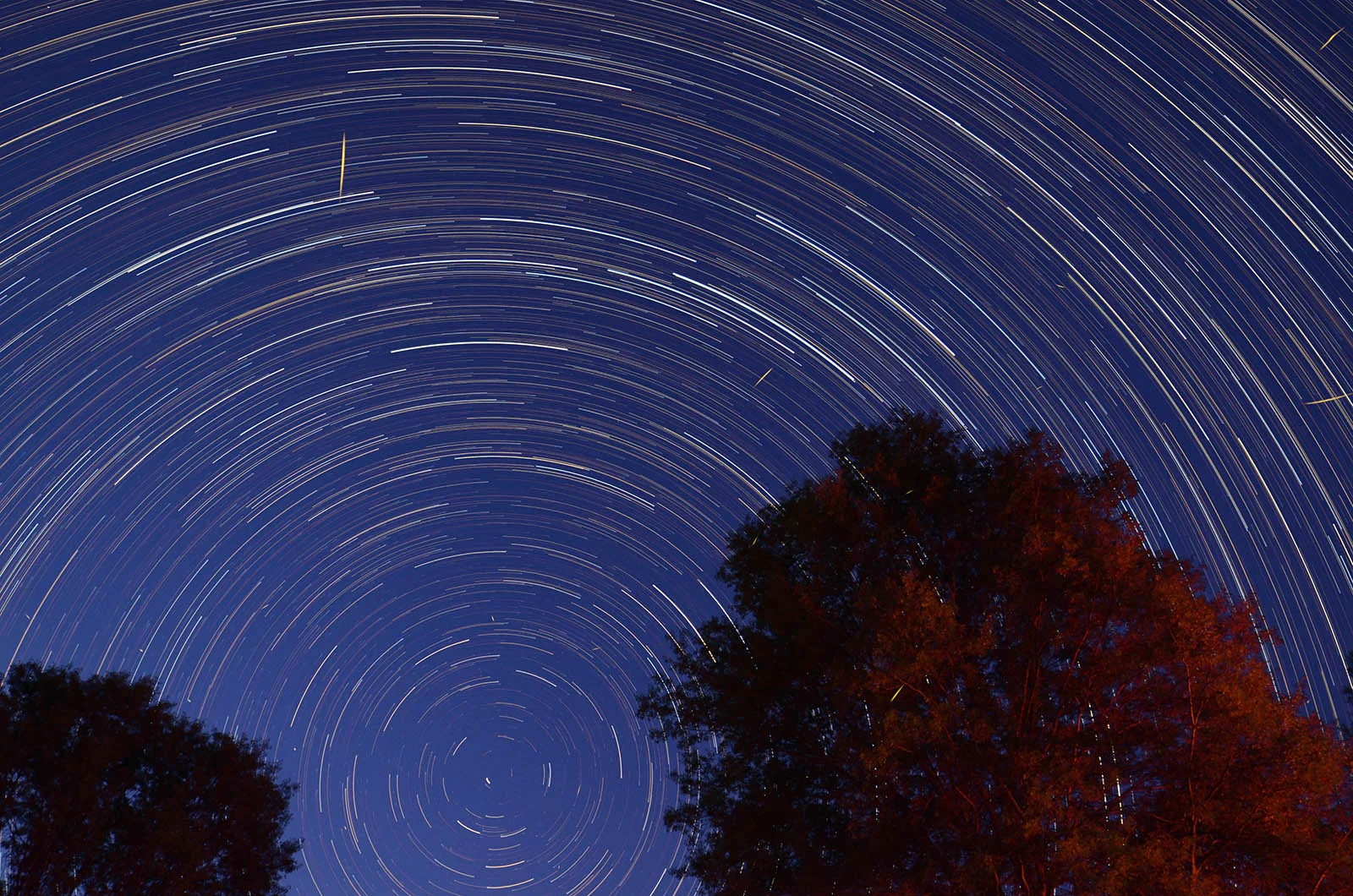Our Programs…
… are on clear Friday and Saturday nights from March - Late November. Watch the main page. By noon on the day of each program we post a forecast and a note on whether or not the program that evening will go forward.
March 1-2 The Orion Nebula 6:30 PM The great constellation Orion is high in the south after sunset and the most dramatic object in it is the Great Orion Nebula, a stellar nursery. Come see it in our “Wow!” scope.
March 8-9 The 109 Best Objects in the Sky 6:30 PM This is the best weekend for observing all the objects in the most famous catalog of celestial objects: The Messier Catalog. It is a list of the the best and brightest in the night sky, and all of them can be seen over one long evening. We will try to see a few of them.
March 15-16: The Rugged Moon 7:45 PM This week the fascinating moon illuminated perfectly for studying its rugged surface covered in craters, rilles (volcanic valleys) and the giant flat “seas”.
March 22-23: Are you Sirus? 7:45 PM The second brightest star in the sky, Sirius, is perfectly placed to admire this week. Come learn about Canis Majoris, the big dog, the constellation of which it is a part. 7:45 PM
March 29-30: Galaxies are back! 7:45 PM The Rising Big Dipper and the regal Leo bring with them a retinue of springtime galaxies. The great M81 and M82 are on the docket this evening.
April 5-6: Learn about the Eclipse 7:45 PM The great American Eclipse of April 8, 2024 will not cross over JGAP, but we will be talking about what to expect and where to go (not JGAP) to see it at its best.
April 12-13: The thin crescent moon, and more galaxies 8:00 PM The crescent moon is dramatic and lovely. We will be looking at it before it sets and then turning our sights towards the galactic gems in Leo and Ursa Major.
April 19-20: The Bright Moon Rises/Jupiter Bows Out 8:00 PM
The moon is almost full this weekend, so we will again be focusing on it as it rises after dark. This is the last chance to see Jupiter before it dives into the sunset.
April 26-27: The Moon Rises Late: 8:15 PM
With the moon out of the way for a while, we will be able to admire The Galaxies in Leo, the Beehive cluster in Cancer the Crab, and the rich star cluster M35 in Gemini
May 3-4: Lots and Lots of Galaxies 8:30 PM
On May evenings, observers on the surface of the Earth look out towards deep space. With the Milky Way out of the way we can appreciate the vast realm of the galaxies- faint, fuzzy and far, far away.
May 10-11: The Whirlpool Galaxy and Earthshine: 8:30 PM
The most glorious galaxy at the eyepiece of a telescope is M51, the great Whirlpool galaxy near the tail of the Big Dipper. Come learn how to see its spiral arms in our large telescopes. Also, the setting moon holds “Earthshine” on its night side.
May 17-18: Copernicus, the most dramatic crater 8:30 PM
One of the most striking crater on the surface of the moon is the rugged Copernicus. It is perfectly illuminated this weekend.
May 24-25: The Almost Full Moon and The Big Dipper 8:45 PM
The almost full moon rises just at it gets fully dark, so galaxies and nebulae are difficult to see. But the Big Dipper has a striking double star called Mizar and Alcor, which can be admired with the naked eye and a telescope
May 31-June1 Globular Clusters! 8:45 PM
One of the most beautiful objects in the spring and summer sky are globular cluster, great collections of hundreds of thousands of stars, we will be training our scopes on M3 and M13, the Great Globular Cluster in Hercules. They will be high overhead when skies are fully dark.
June 7-8 More Galaxies 9:00 PM
This is another dark night to admire the galaxies in the spring and early summer sky. One highlight: M104- the oddly shaped Sombrero Galaxy, which peeks up over the southern horizon at this time of year.
June 14-15 Spring turns to Summer 9:00 PM
Spring is turning into summer later next week, and the sun is almost as far north as it will get. It will start to set in our Summer Solstice sun slot. Also, the rugged first quarter moon, including the Apollo 11, 16 and 17 sites.
Clear skies!
The Clear Sky Clock
This window shows the predicted cloud cover and sky transparency for upcoming hours. A grey or white box in either the "Cloud Cover" or "Transparency" row generally indicates that no stars or planets will be able to be seen. Aqua will be adequate for planets,, but not good for faint stars, galaxies, and nebulae, and light and dark blue are good for all objects.
This image of M81 and M82 by Jason Hissong
View of the Month:
M81 and M82
The galaxies M81 and M82 are giant spirals that are, galactically speaking, nearby. Not part of our local group, they are nonetheless in the next neighborhood over. Even so, their light has been travelling 12 million years before it reaches our eyes
These two galaxies are relatively close by one another, and their mutual gravity is causing a burst of star formation in the smaller M82. The multitudes of supernovae from hot, young stars which live through their short lives quickly and furiously explode, has sent shockwaves into space and spewed material out into the galactic realm.
These two galaxies are easy to see in small telescopes on a dark spring or summer evening. They appear near the “Bowl” of the Big Dipper and are almost straight up once skies are dark, as of this writing (mid-April.)




